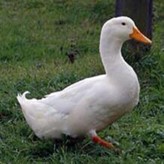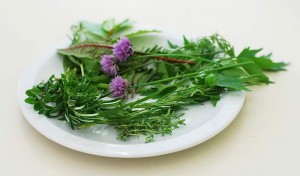 “Going Green” and “Eco-Friendly” may be new words to some of us, but they have been a way of life for many over the centuries.
“Going Green” and “Eco-Friendly” may be new words to some of us, but they have been a way of life for many over the centuries.
When pioneers and settlers started spreading their families into areas with unpredictable rain amounts, conserving water for the dry spells became a must. Failure to do so was a lesson hard learned. Especially in certain areas, water supplies under the desert and arid land are not an inexhaustible source as they were thought to be prior to the “Dust Bowl” of the 1930s.
We see water conservation and the re-usage of water in many rural country, suburb and even urban settings. In many areas it is a matter of trying to lessen our carbon footprint, and for some it is an economic choice to lower water bills. Whatever the reason chosen, it is good for the environment. It also doesn’t have to be hard.

Let’s start indoors:
- Our children are now taught in school to turn off the running water while brushing their teeth; not a bad idea for grown-ups too.
- Men and ladies can save water while doing their shaving routines.
- Run your clothes washer and dishwasher only when they are full. You can save up to 1,000 gallons a month.
- For cold drinks, keep a pitcher of water in the refrigerator instead of running the tap. This way, every drop goes down you and not the drain.
- Install an instant water heater near your kitchen sink so you don’t have to run the water while it heats up. This also reduces energy costs. Or, try a tankless water heater for your whole house!
- When shopping for a new clothes washer, compare resource savings among Energy Star models. Some of these can save up to 20 gallons per load, and energy too.

Outside:
- Install a rain sensor on your irrigation controller so your system won’t run when it’s raining.
- Collect water from your roof to water your garden. This is my newest challenge to install a rain barrel collection system. I have convinced my husband of the great benefits – now to convince our budget. The first thing that totally surprised me was how much water comes off a roof.
Here is a formula to figure how much water you may save:
To figure how much water is collected: Approximately 600 gallons of rain water is collected for every 1000 square foot of collection area for one inch of rain. Thus one inch of rain produces about 1800 gallons of water. That’s amazing!
- Wash your car on the lawn, and you’ll water your lawn at the same time.
- Use drip irrigation for shrubs and trees to apply water directly to the roots where it’s needed.
- Use sprinklers that deliver big drops of water close to the ground. Smaller water drops and mist often evaporate before they hit the ground.
No matter how we do it or why, what is important is that we do. Share these simple water conservation tips with friends and neighbors.































Good ideas! Here in Colorado, we’re finally allowed to legally collect rain water, so rain barrels are on my list, too. I’ve been setting 5 gallon buckets where they can catch some runoff when it rains. You’re right; you can get a lot of water from a rooftop!
I have been collecting the water at the sinks/bath tub waiting for the hot water to arrive and using that for making coffee, tea, cooking etc. If there is more that I can use I put the extra in covered 55 gal rain barrels I keep in the yard and use it to water plants. Living in my area of California we do not get, if any, rain during the summer. We are always having to conserve water. Washed gallon milk containers are great to use for collecting. I can freeze them for emergency water; use them frozen in place of ice in a cooler, when it’s melted you have water to drink.